Last-Minute NYC Holiday Gift Guide 🎁
We’ve created a holiday gift guide with presents for the intrepid New Yorker that should arrive just in time—


Hidden in plan sight Sunset Park on the banks of the Hudson is the Brooklyn Army Terminal, a 4 million square foot industrial park built by Cass Gilbert in the span of only 17 months between 1918 and 1919. As the largest concrete structure in the world at the time and originally intended for WWI (though its completion came slightly after the war), B.A.T. served as one of the Federal Government’s alcohol storage & disposal warehouses during Prohibition, and more notably as the largest military supply base in the United States during WWII.

During its active operation in WWII, B.A.T. along with the greater New York Port of Embarkation employed a total of 65,000 civilian and military personnel, moved over 3 million soldiers, and shipped nearly 37 million tons of supplies to North Africa and Europe. When the war ended, the Brooklyn Army Terminal’s last moment in the spotlight came in September of 1958, when Elvis Presley famously shipped out to Germany for his two year tour of duty (not before greeting fans, signing autographs, and posing for pictures of course).
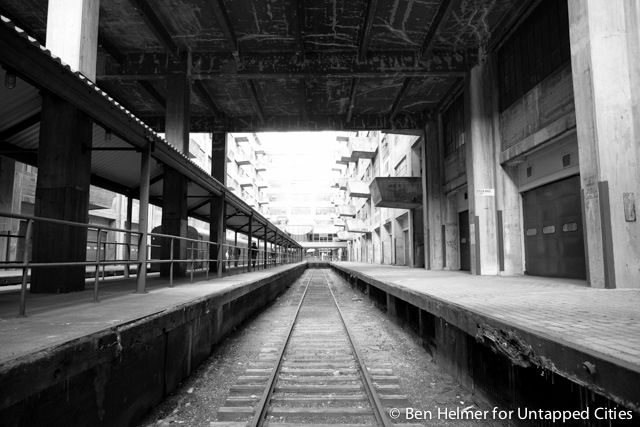





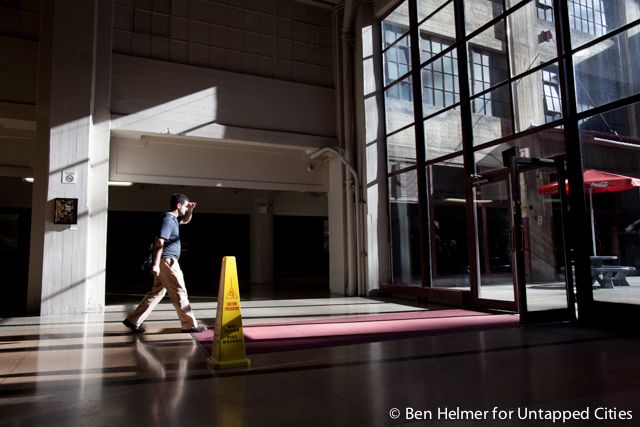
Eight years later, the B.A.T. closed its doors for military use and was reduced to a simple storage facility, off limits to the public, throughout the following decades.

In 1981, the city of New York bought the Brooklyn Army Terminal from the Federal Government for $8.5 million and renovated 3.2 million square feet for private use beginning in 1987, attracting a diverse mix of small businesses including light manufacturing, warehousing, and back-office. It remains an appealing leasing opportunity for companies with heavy machinery due to the generous use of poured concrete during its construction, which allows each floor to handle 250 pounds per square foot.
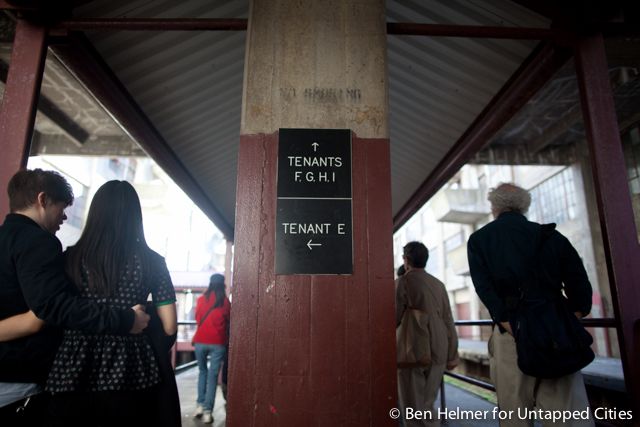
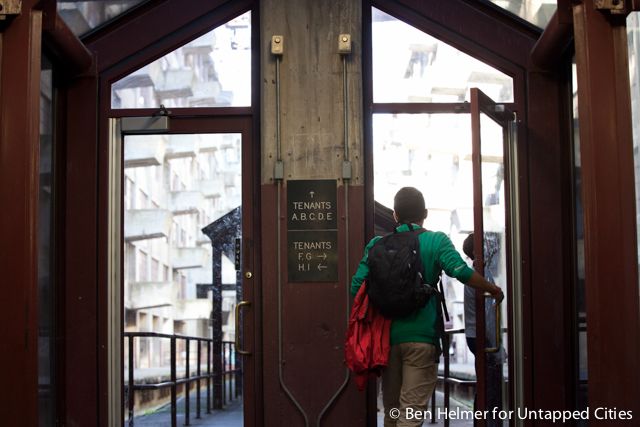
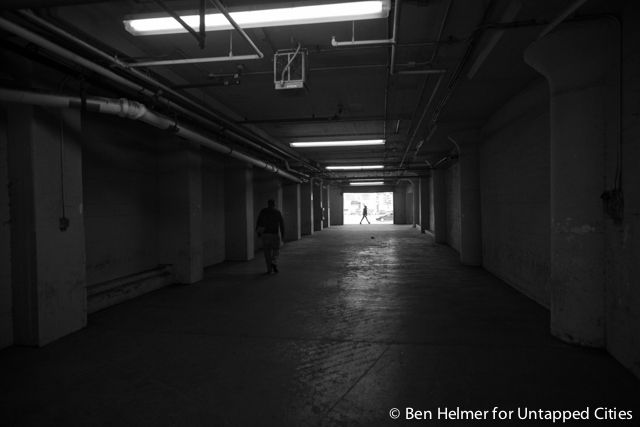
The complex was also listed on the National Registers for Historic Places in 1983 for its prominent role in American history and breathtaking “Building B” facility — a 950 foot long atrium at the heart of the facility that still contains the original sky crane, railway, and staggered concrete balconies used during WWII.
Subscribe to our newsletter